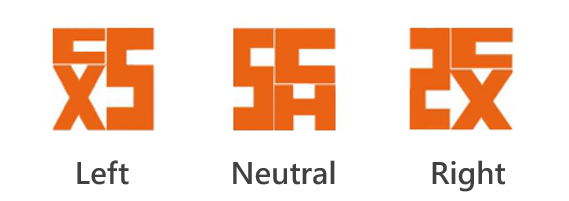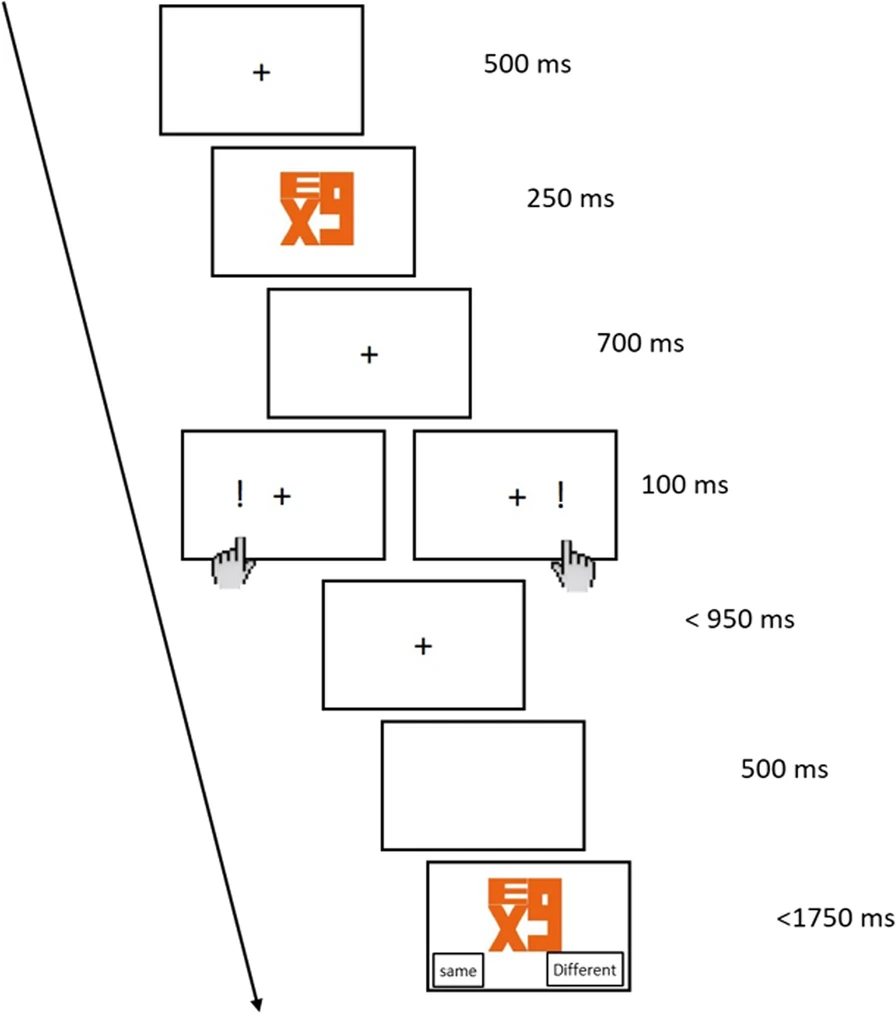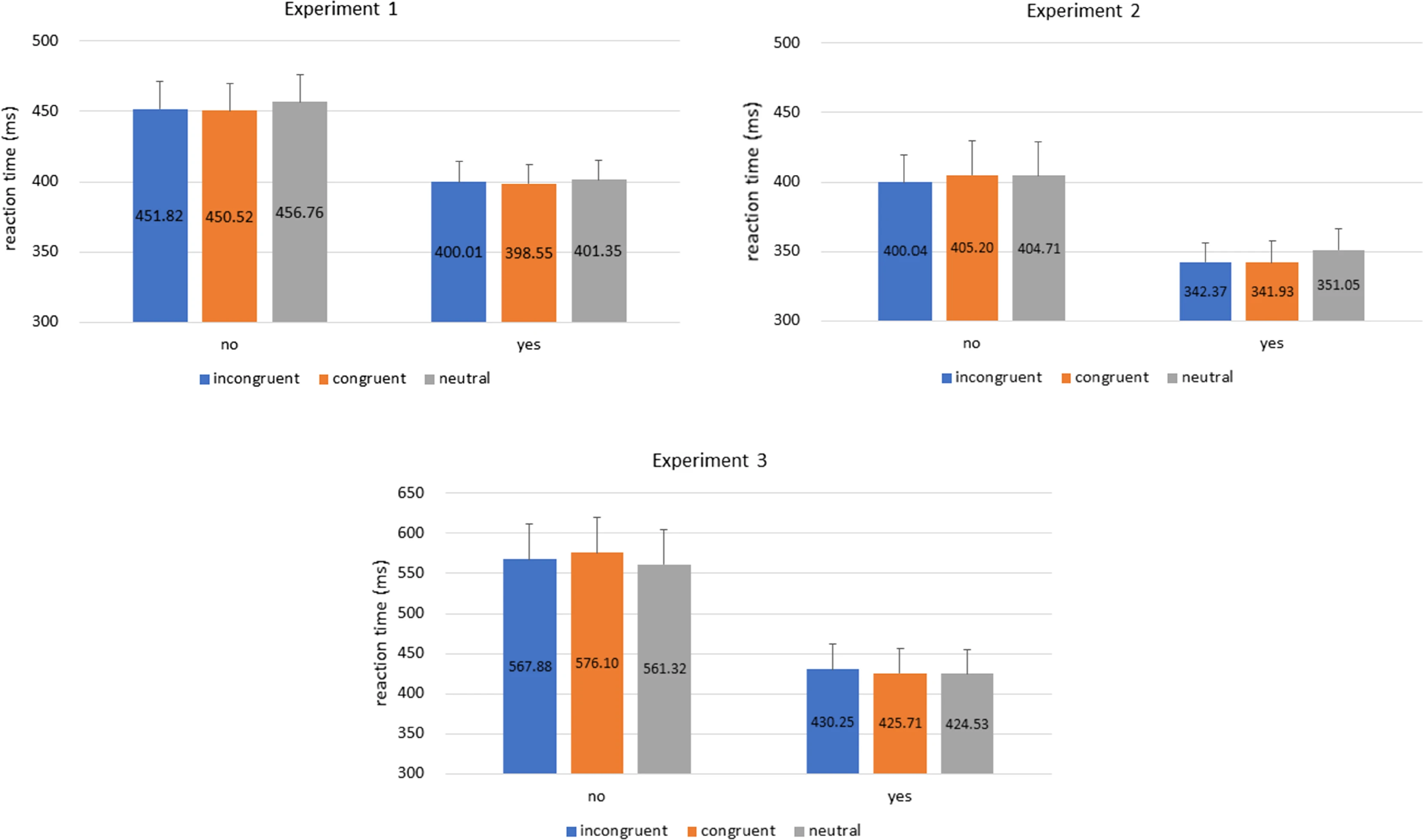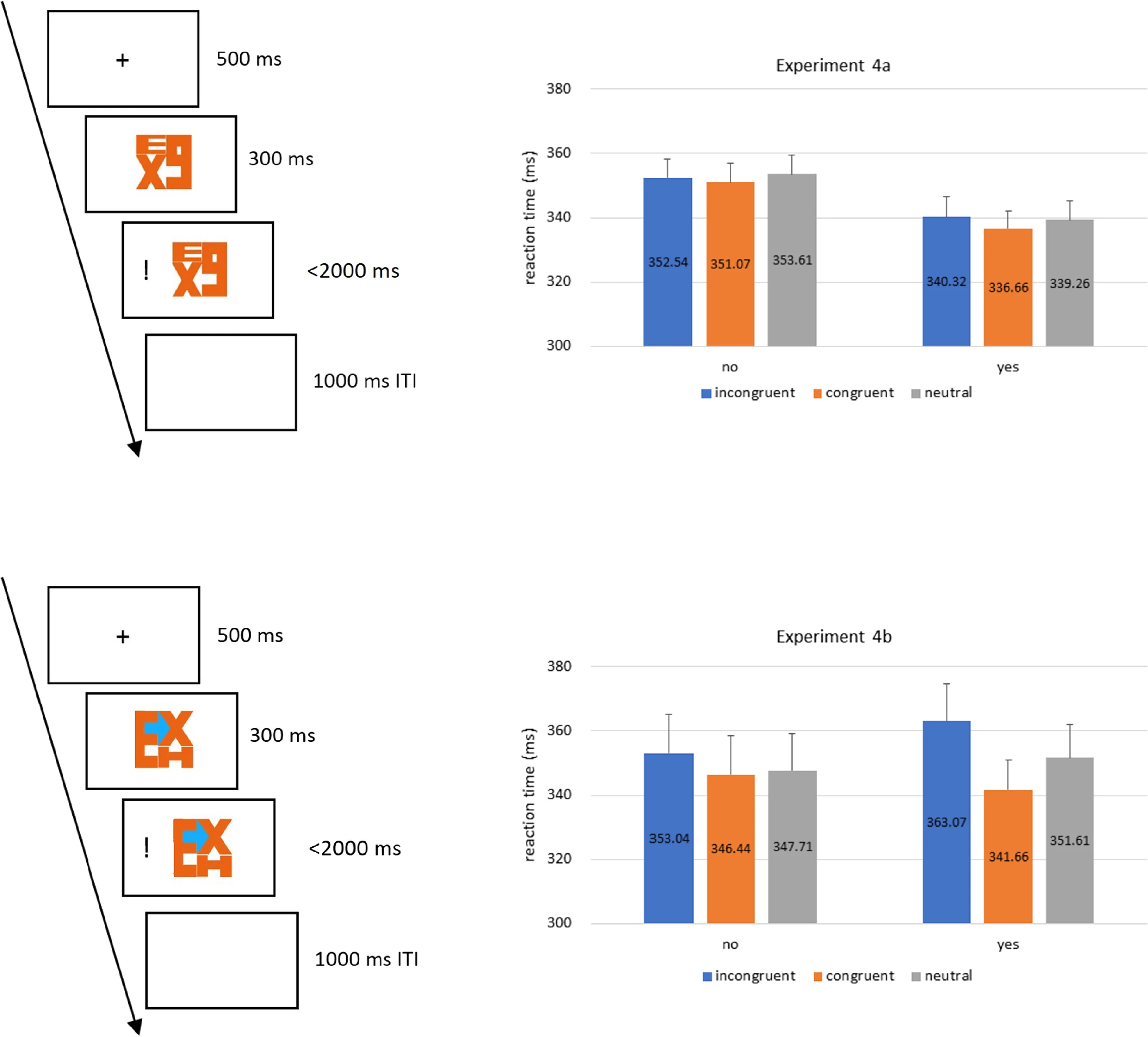Unfortunately for me, one of the first things I see most mornings is an ad. It’s largely my fault—I have the extremely terrible habit of keeping my phone next to me at night and then an arguably worse habit of checking Twitter (excuse me, X) in the morning, leading me to inevitably scroll past an ad or two as I wake up. Awful sleep hygiene aside, the sheer volume of advertisements we’re subjected to on a daily basis, with more likely to come, can be a little upsetting to think about, with some data even suggesting a link with poorer quality of life. But there’s one thing that’s at least a little nice about living in a highly marketed world: Sometimes brands make fun logos.
One of the most well-known examples, and the focal point of the research that this post will eventually get to, is the hidden arrow in the FedEx logo, delineated in the negative space between the E and the Twitter (oops, I really did mean x this time). While the Fedex logo was groundbreaking in the 90s, in the time since the design was introduced, plenty of other companies have incorporated “hidden meanings” into their branding as well.

Generally speaking, these hidden designs are probably a way for brands to make themselves stand out and engage with their audience. But there does seem to be an impression that subtle design cues can also unconsciously influence consumers’ thought processes. The designer of the FedEx logo, Lindon Leader, has even been quoted as saying that the hidden arrow “could subtly suggest getting from point A to point B reliably, with speed and precision.”
In a recent Cognitive Research: Principles and Implications paper, “The hidden arrow in the FedEx logo: Do we really unconsciously ‘see’ it?”, authors Shih-Chiang Ke, Ankit Gupta, Yu-Hui Lo, Chih-Chung Ting, and Philip Tseng (pictured below) investigated how much an arrow hidden in an image’s negative space could actually influence unconscious cognitive processes. To do this, they took advantage of a classic experimental paradigm in cognitive psychology known as a Posner cueing task.

Posner cueing tasks are used to study subtle shifts in attention. In a traditional Posner cueing experiment, a person sits in front of a computer screen and presses one button whenever they see a target image appear on the left side of the screen or a different button if it appears on the right. Critically, before they see a target on either side, participants are cued to pay attention to the left or right, usually with an on-screen arrow (there’s also usually a neutral cue, such as a double-headed arrow). Compared to response times after neutral cues, people tend to respond more quickly to targets that appear on the same side that a cue pointed at, and they’re slower when the target appears on the opposite side, suggesting that participants need to take the time to move to redirect their attention to the other side of the screen after being miscued.

To see if subtle design elements, such as an arrow hidden in an image’s negative space, can influence broader cognitive processes, the authors first designed a set of new images that contained hidden arrows pointing to either the left or the right. They used these images as cues in a Posner task, with the idea being that if people did indeed register hidden visual cues, such as arrows within an image’s negative space, then their attention could be subtly directed to different sides of the screen. To make sure participants paid attention, the authors also showed them an image after each response in the Posner task, and participants had to identify whether this image was the same as the cue presented to them or if it was different.

However, across three experiments, the authors found little evidence to suggest that the hidden arrows in their designs were directing participants’ attention to either side of the screen. Response times to the targets in the cueing task were consistently similar, regardless of whether a hidden arrow pointed to the appropriate side of the screen. This pattern held in online North American participants (Experiment 1), in-person Taiwanese participants who were not initially familiar with the hidden arrow in the FedEx logo (Experiment 2), and even when the arrows were “unhidden” and highlighted in blue (Experiment 3). So overall, it seems quite apparent that the presence of a hidden design cue does not actually subtly influence a person’s attention.
Beyond these findings, however, the authors also noticed another consistent pattern across their studies, in which people who were familiar with the hidden arrow in the FedEx logo before participating in the experiment (Experiments 1 and 3) or who were told about it right before the experiment began (Experiment 2) were consistently faster at responding to targets than those who were unaware. This pattern suggests a link between knowledge about the FedEx logo’s design, or at least knowledge that negative space can be used to include hidden designs, and quicker responses on a Posner cueing task. In particular, the direct manipulation of this knowledge in Experiment 2 suggests that learning about the use of negative space may cause people to get better at the cueing task.

But why would that be? The authors hypothesized that, instead of directing participants’ attention, explicit awareness of the negative space in their designs allowed their participants to quickly differentiate the background from the rest of the image and then ignore the background. This then allowed participants to study the “important” parts of the cue image—the non-negative space—more effectively, which then helped them better identify whether the same image or a different one would be shown to them later. In other words, the aspect of the experiment that was only meant to ensure that participants did not get distracted likely ended up influencing how participants processed the images!
In their final experiment, the authors removed the image identification component and again used their designs to see if participants could be cued by hidden arrows. However, they found the same pattern as in their previous experiments: hidden arrows did not seem to cue participants to either side of the screen, but those who came into the experiment with previous knowledge about the FedEx logo were faster (though without the image identification component, this difference was smaller than in the previous experiments). It was only when the experimenters explicitly highlighted the arrows in blue, thereby “un-hiding” them and effectively creating a traditional Posner cueing paradigm, that the no-longer-hidden arrows finally cued participants’ attention to the left or right of the screen.

The results of the four experiments together suggest that while knowledge of negative space can allow people to ignore image backgrounds more effectively, it doesn’t seem that brand logos can subtly influence our thoughts through hidden designs. And while this doesn’t make corporate branding any less engaging when you are aware of their design quirks, this also feels somewhat comforting to me as a consumer. I have enough trouble waking up as it is.
Featured Psychonomic Society article
Ke, S.-C., Gupta, A., Lo, Y.-H., Ting, C.-C., & Tseng, P. (2023). The hidden arrow in the FedEx logo: Do we really unconsciously “see” it? Cognitive Research: Principles and Implications, 8(1), 40. https://doi.org/10.1186/s41235-023-00494-x
